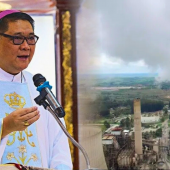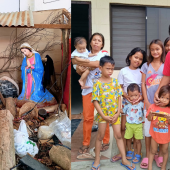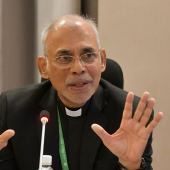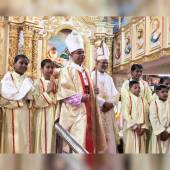UNESCO World Heritage church in the Philippines becomes minor basilica
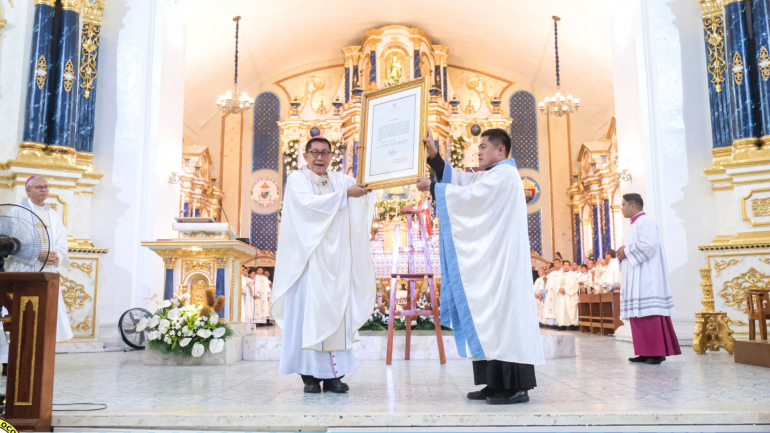
One of the four Baroque churches in the Philippines designated as UNESCO World Heritage Sites has been elevated to the rank of minor basilica.
On August 15, the Archdiocesan Shrine and Parish of Our Lady of the Assumption in Ilocos Sur held a solemn celebration to mark its new papal title.
Locally known as Santa Maria Church, it is now the second minor basilica in the Archdiocese of Nueva Segovia, the other being the Basilica of Saint Nicolas de Tolentino and Shrine of Santo Cristo Milagroso in Sinait.
In his message during the Mass, Archbishop Marlo Peralta of Nueva Segovia said that having two minor basilicas is a testament to the archdiocese’s great faith.
“The connection is clear between these two basilicas – Jesus and Mary. It is providential that they remind us of our faith in Christ and our devotion to our Blessed Mother,” he said.
Archbishop Peralta also pledged that the new basilica will lead charitable efforts, especially during times of storms and flooding, since the church is located on a hilltop.
In his homily, Ilagan Bishop David William Antonio emphasized that Santa Maria Church and its parishioners, indeed, the whole archdiocese, “must now shine even brighter.”
Archbishop Charles Brown, Apostolic Nuncio to the Philippines, was also present at the solemn declaration. In his message, he underlined the basilica’s closer bond with the pope.
“You are brought so close to the successor of Peter that you are now under his shadow,” he said. “We can think about Mary going into heaven, even higher than this hilltop, so she can cast her shadow of love not only over Ilocos Sur, but over the entire world.”
The late Pope Francis granted the title of minor basilica to Santa Maria Church on November 18, 2024, in recognition of its historical and cultural significance.
The church was built by the Augustinians in 1864 on the very spot where a statue of the Virgin Mary was reportedly found after disappearing from a nearby chapel.
It was inscribed as a UNESCO World Heritage Site in 1993 for its unique blend of European Baroque elements and local influences.
Radio Veritas Asia (RVA), a media platform of the Catholic Church, aims to share Christ. RVA started in 1969 as a continental Catholic radio station to serve Asian countries in their respective local language, thus earning the tag “the Voice of Asian Christianity.” Responding to the emerging context, RVA embraced media platforms to connect with the global Asian audience via its 21 language websites and various social media platforms.









